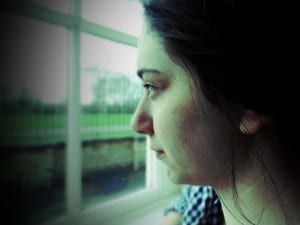“A basic aim in site-specific work is to encourage audience to see and experience more of their surroundings, and/or to see their surroundings differently; this volume rethinks not only what that might be but how they are experienced”. (Tompkins, 2012, p.11)
Our performance is something that we slowly pieced together to gain a clear idea of what we wanted to achieve. We have always liked the idea of waiting and how the grandstand has been waiting for many things over the years. As the quote above says, site-specific work is about making the audience see the space in a different way. We want the audience to feel like their experience of waiting has been changed. We want the audience to think about the performance 3 weeks later when they are sat in a doctors waiting room and think about the passing of time and the decomposition of the environment around them. We want them to have a changed view of the grandstand as a place that has only been used for horse racing to a place with a lot more history, but our main aim is to make strange the idea of waiting and have them constantly question the passing of time.
To do this we will set the room out like a waiting room, placing the seats close together and using the painting on the wall as a focal point. We will then place envelopes on the chairs of the audience members that contain instructions. These envelopes will be labelled with times and the audience will be instructed to open them when the time arrives. This means there will be a focus on the passing of the time. We want to do this firstly as the room has been used as a waiting room on many occasions. But also as the grandstand has been and still is waiting for something. This is symobolised within the work.
Tompkins, Joanne (2012) The ‘Place’ and Practice of Site Specific Theatre and Performance. [online] London: Palgrave Macmillian. Available fromhttp://www.palgrave.com/PDFs/9780230364066.pdf [Accessed 5 April 2014]

